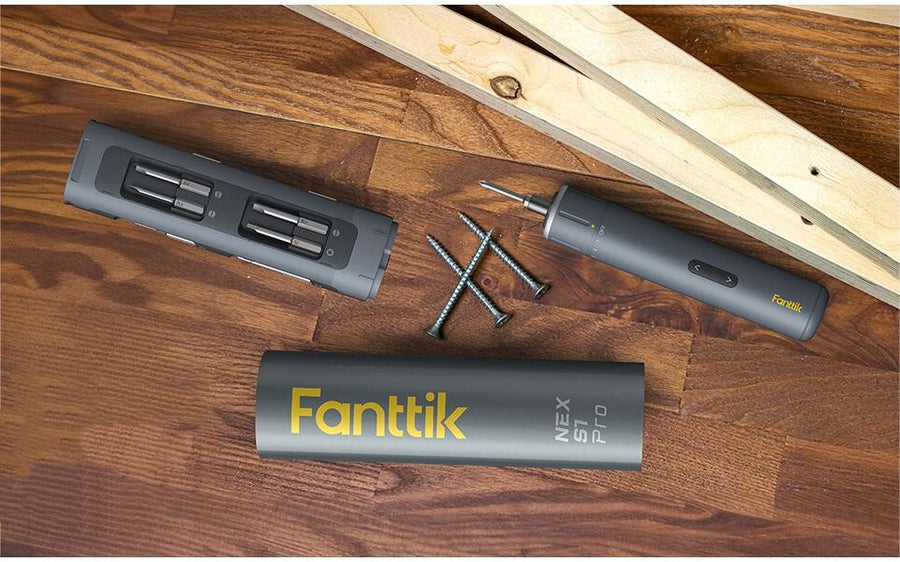Exploring Different Torque Setting Options for Electric Screwdrivers in the Electronics Industry
الجسم
When it comes to the electronics industry, one crucial tool that is often overlooked is the electric screwdriver. These handy devices play a vital role in assembling electronic components, ensuring that screws are securely fastened without damaging delicate parts. One of the key features of electric screwdrivers is their torque setting options, which allow users to adjust the amount of force applied when tightening screws. In this article, we will explore different torque setting options for electric screwdrivers in the electronics industry and their significance in achieving optimal results.

The Importance of Torque Settings
Exploring different torque setting options for electric screwdrivers in the electronics industry is essential because it directly impacts the quality and reliability of electronic devices. The torque setting determines the amount of force applied to the screw, ensuring that it is neither too loose nor too tight. Using the wrong torque setting can lead to a variety of issues, such as stripped screws, damaged components, or even complete device failure.
Understanding Torque
Before delving into the different torque setting options, it is important to have a clear understanding of what torque is. Torque refers to the rotational force applied to an object, in this case, a screw. It is measured in units of force multiplied by distance, such as Newton-meters (Nm) or inch-pounds (in-lb). Different electronic components require different levels of torque to ensure proper fastening without causing any damage.
Exploring Different Torque Setting Options
Now that we have a basic understanding of torque, let's explore the different torque setting options available for electric screwdrivers in the electronics industry. These options typically range from low to high, allowing users to select the appropriate torque level based on the specific requirements of their assembly tasks.
Low Torque Setting
The low torque setting is ideal for delicate electronic components that require a gentle touch. This setting applies minimal force to the screw, reducing the risk of damage to sensitive parts. For example, when assembling a circuit board, using a low torque setting ensures that screws are securely fastened without exerting excessive pressure that could potentially crack or break the board.
Medium Torque Setting
The medium torque setting provides a balance between force and precision. It is suitable for most general electronic assembly tasks, where a moderate amount of torque is required to ensure proper fastening. This setting is commonly used for securing screws in devices such as laptops, smartphones, or gaming consoles.
High Torque Setting
The high torque setting is reserved for heavy-duty applications that require a significant amount of force to tighten screws. This setting is typically used for larger electronic components or devices that need extra stability, such as server racks or industrial machinery. It is important to exercise caution when using the high torque setting to avoid over-tightening screws and potentially damaging the components.
Variable Torque Setting
In addition to the fixed torque settings mentioned above, some electric screwdrivers offer a variable torque setting option. This allows users to manually adjust the torque level within a specific range, providing even more flexibility and precision. The variable torque setting is particularly useful when working with a wide variety of electronic components that have different torque requirements.
Conclusion
Exploring different torque setting options for electric screwdrivers in the electronics industry is crucial for achieving optimal results in electronic assembly tasks. By understanding the importance of torque settings and selecting the appropriate level for each application, users can ensure that screws are securely fastened without causing any damage to delicate components. Whether it's a low torque setting for delicate electronics or a high torque setting for heavy-duty applications, having the right torque setting option is essential for successful electronic assembly.
References
For more information on exploring different torque setting options for electric screwdrivers in the electronics industry, please refer to the following credible sources:











تعليقات